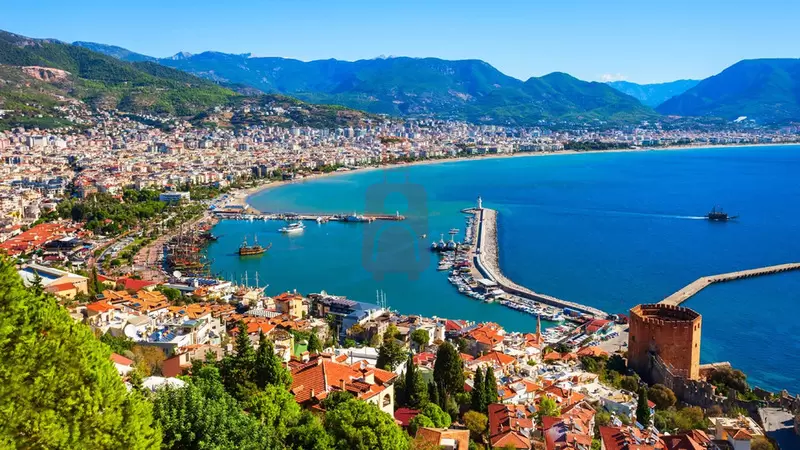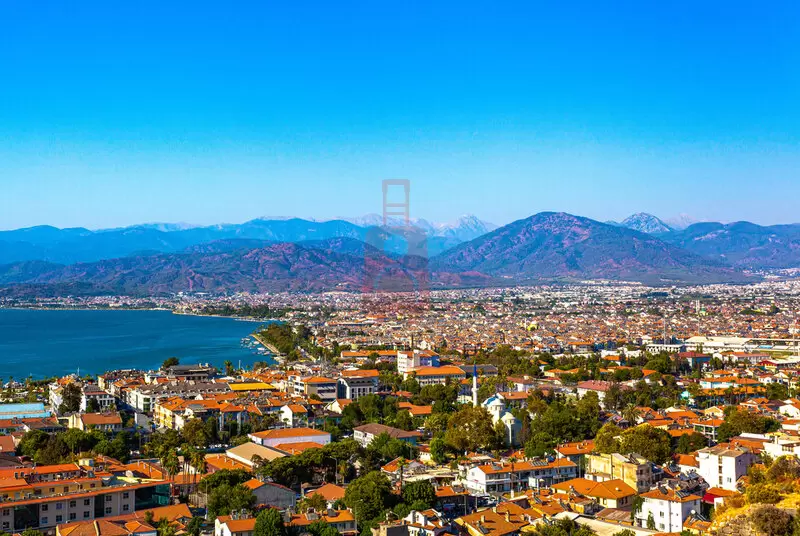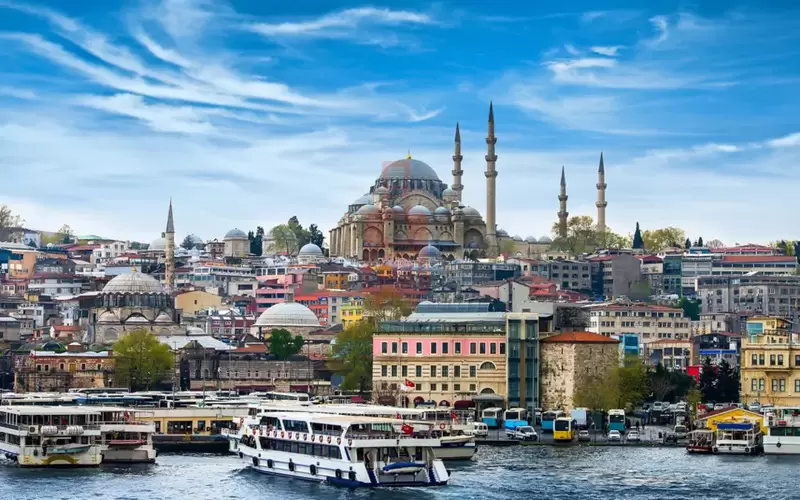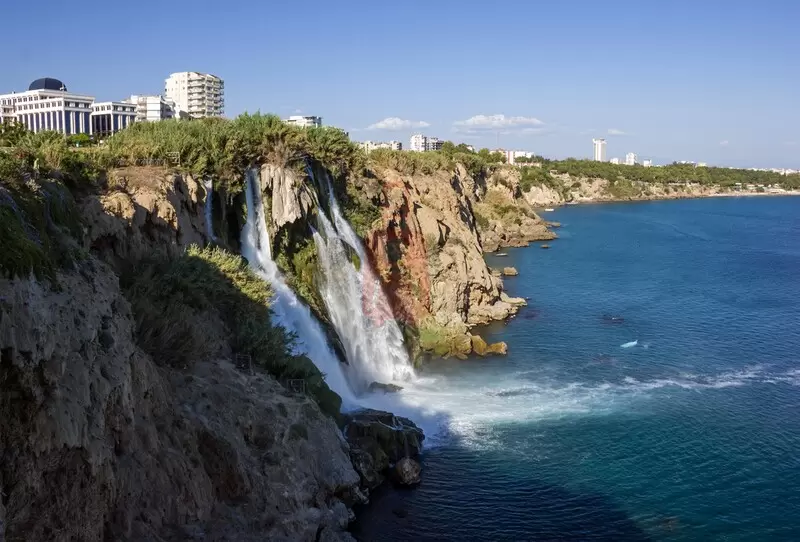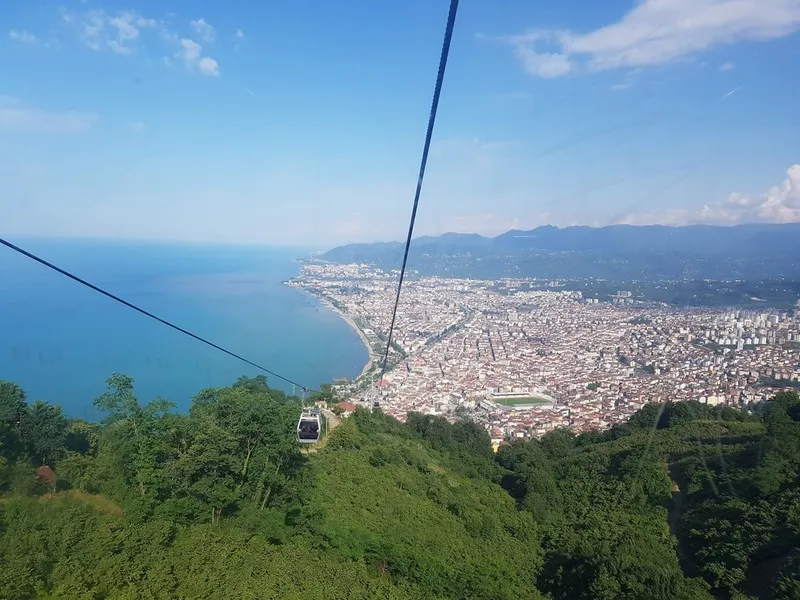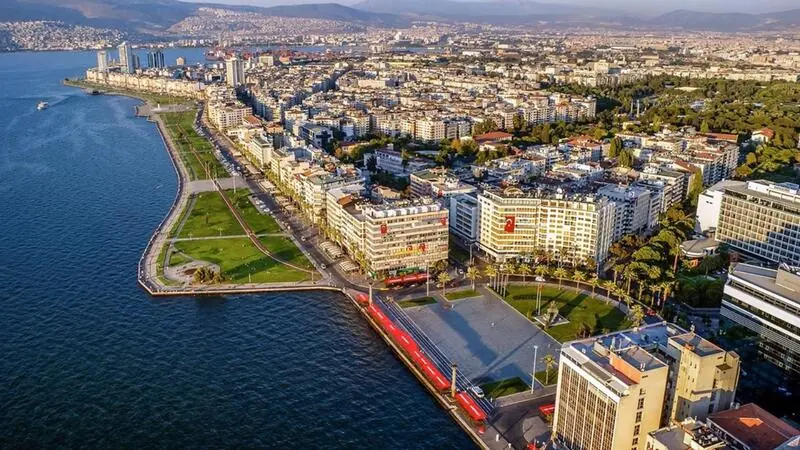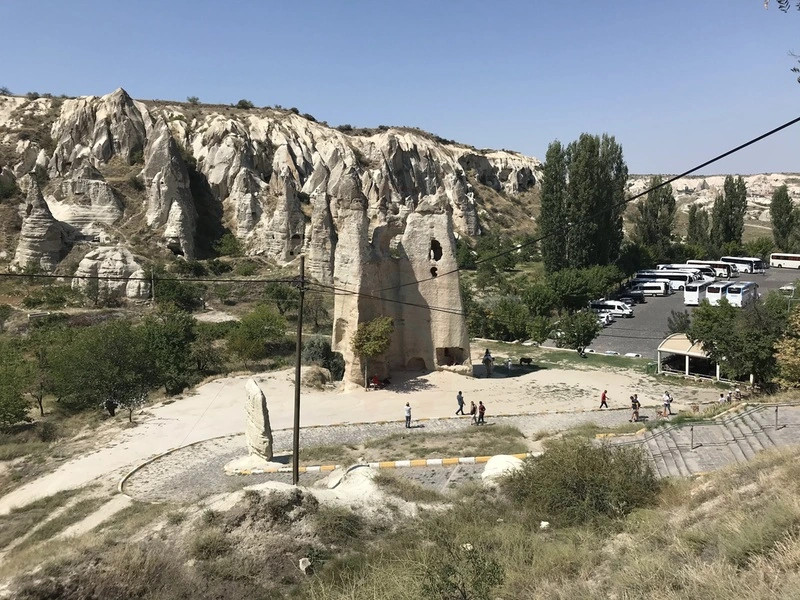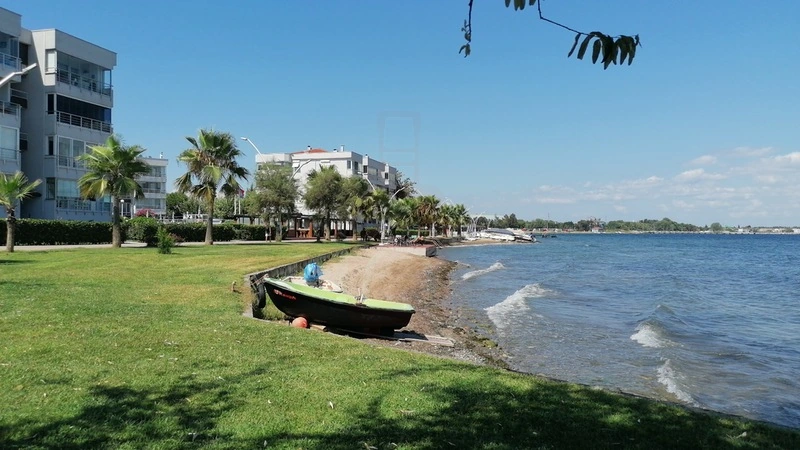
Cultural Trips in Türkiye: A Journey Through Time in the Cradle of Civilizations
Türkiye offers a cultural mosaic rarely found anywhere else in the world, distinguished by its layers of history spanning millennia, cities that have served as capitals for three great empires (Roman, Byzantine, Ottoman), and archaeological sites that have rewritten human history. A cultural trip in Türkiye is not just a visit to a museum; it means watching the sunrise from the stone steps of an ancient theatre, sipping Turkish coffee under the shade of century-old mansions, and tracing the paths of multiple civilizations in the same street. With over 20 cultural properties across the country on the UNESCO World Heritage List, there is a route available to nourish every traveler's soul.
Marmara and Western Anatolia: The Grandeur of Empires
The natural starting point for this cultural journey is [Istanbul], the city that unites continents and civilizations. The city's [Historical Peninsula] represents an uninterrupted flow of history, stretching from [Constantinople], the capital of the Roman Empire, to [Dersaadet], the heart of the Ottoman Empire. Visitors witness the confluence of Byzantine mosaics and Ottoman calligraphy beneath the magnificent dome of [Hagia Sophia], while directly across, the [Blue Mosque] (Sultanahmet Mosque) showcases the elegance of Ottoman architecture. The courtyards and harem apartments of [Topkapi Palace], where Ottoman sultans lived and governed, reveal the empire’s majesty. The [Grand Bazaar] and the [Spice Bazaar]—where trade has flourished for centuries—offer a glimpse into the city's vibrant, living cultural fabric.
Further south in the Marmara Region, [Bursa] stands as the birthplace of the Ottoman Empire. Structures like the [Ulucami], [Green Tomb], and [Cumalıkızık Village] (a UNESCO World Heritage site), which best reflect the early Ottoman architecture, offer visitors a unique cultural heritage from the foundational years of the empire. Moving west, [Çanakkale] features the legendary [Ancient City of Troy] (a UNESCO World Heritage site), subject of Homer’s Iliad, and the poignant [Gallipoli Peninsula] (Çanakkale Martyrs' Memorial), which leaves a profound impact on visitors, marking the tragic history of World War I.
Aegean and Mediterranean: In the Light of Antiquity
The Aegean and Mediterranean coasts host some of the most popular cultural tour routes. The remnants left by ancient Greek, Roman, and Lycian civilizations blend seamlessly with the region's stunning natural beauty.
Ephesus and Pergamon: Hellenistic Capitals
[Ephesus] (a UNESCO World Heritage site), located near [İzmir], is one of the best-preserved Roman cities in the Mediterranean, featuring marble-columned streets, the magnificent facade of the [Celsus Library], and the 25,000-seat [Great Theatre]. Ephesus also holds significant importance for Christian history, as it hosts the [House of the Virgin Mary]. Further north, [Bergama] (Pergamon) (a UNESCO World Heritage site) was one of the great cultural centers of the Hellenistic period. Its [Acropolis], built on steep slopes, and its history of housing one of the ancient world's largest libraries, still fascinates with its architectural ingenuity.
Pamukkale and the Lycian Way: Nature and Culture Intersection
[Hierapolis and Pamukkale] (a UNESCO World Heritage site) in [Denizli] uniquely combine nature and culture, with the [Ancient City of Hierapolis] located right next to the cotton-white travertines and thermal pools. Hierapolis, an ancient healing center, is notable for its theatre and the vast Necropolis (ancient cemetery). Along the coastlines of [Antalya] and [Muğla], ancient cities like [Xanthos-Letoon] (a UNESCO World Heritage site) on the [Lycian Way] reflect the mysterious culture of the Lycian Civilization. Additionally, the [Aspendos Ancient Theatre] in Antalya stands as the best-preserved Roman theater in the world, dazzling visitors with its grandeur.
Southeastern and Eastern Anatolia: Ground Zero of Civilization
The eastern and southeastern regions of Anatolia contain the deepest layers of civilizational history and host some of the newest and most critical archaeological discoveries.
Göbeklitepe: Where History Was Rewritten
Located in [Şanlıurfa], the [Göbeklitepe Archaeological Site] (a UNESCO World Heritage site) is the oldest known temple complex in the world, pushing back the history of human civilization by approximately 12,000 years and fundamentally changing what we know about the Neolithic period. This is an indispensable stop for history enthusiasts, proving that belief and monumental architecture predated settled agriculture. Şanlıurfa is also home to other important cultural sites, such as the [Balıklıgöl], the symbol of the City of Prophets, and [Harran], one of the oldest settlements in Mesopotamia.
Mardin and Kars: The Magic of Stone and Crossroads of Cultures
[Mardin] is an open-air museum with its stone houses, narrow streets, and architecture overlooking the Mesopotamian plains. Structures like the [Deyrulzafaran Monastery] and the [Ulu Mosque] bear tangible evidence of the multi-ethnic Christian and Arab cultures. At the far eastern edge, near [Kars], lies the [Ani Archaeological Site] (a UNESCO World Heritage site), containing magnificent examples of Medieval Armenian architecture. Known as the "City of a Thousand and One Churches," Ani sits dramatically on rocky cliffs at the intersection of Seljuk, Georgian, and Armenian architectural styles.
Central Anatolia and Mystical Architecture
Central Anatolia offers a rich heritage, extending from the capital of the Hittites to the spiritual centers of the Seljuks.
Spiritual Cappadocia: [Göreme National Park and Cappadocia] (a UNESCO Mixed Heritage site), beyond its natural beauty, bears the traces of Early Christian history through its rock-carved churches and underground cities (e.g., [Derinkuyu]). The cave dwellings and vivid frescoes highlight the region’s deep cultural history. Mevlana and the Seljuk Capital: [Konya] is the center of mystical culture and Sufism. The [Mevlana Museum] and the spiritual whirling dervish ceremonies (Semâ) are essential experiences for those seeking a spiritual journey. Furthermore, structures like the [İnce Minareli Madrasa], masterpieces of Seljuk architecture, showcase the artistic power of the Seljuk Empire. Hittite Empire: [Hattusha] (Hittite Capital) (a UNESCO World Heritage site) near [Çorum] was the political and religious center of one of Anatolia's most powerful ancient empires. It is a unique route for tracing the legacy of the Hittite civilization through its vast walls, temple ruins, and the [Yazılıkaya Rock Sanctuary].The most ideal seasons for cultural trips in Türkiye are the spring (April–June) and autumn (September–November) months, when temperatures are mild. These seasons make visits to open-air archaeological sites and city centers much more comfortable and enjoyable.
